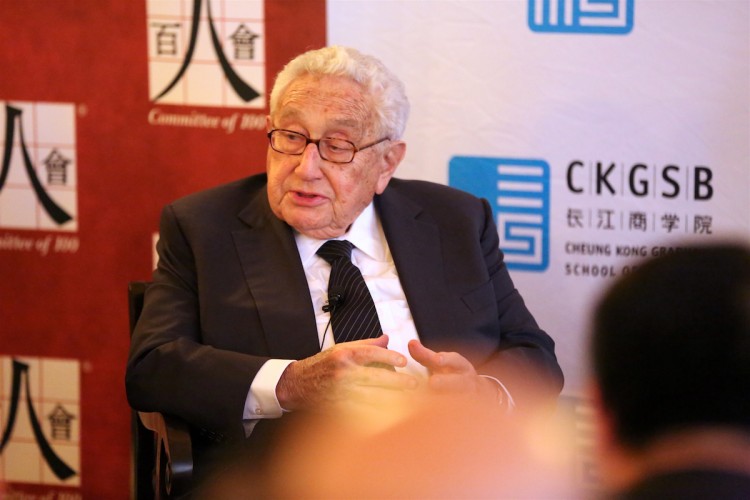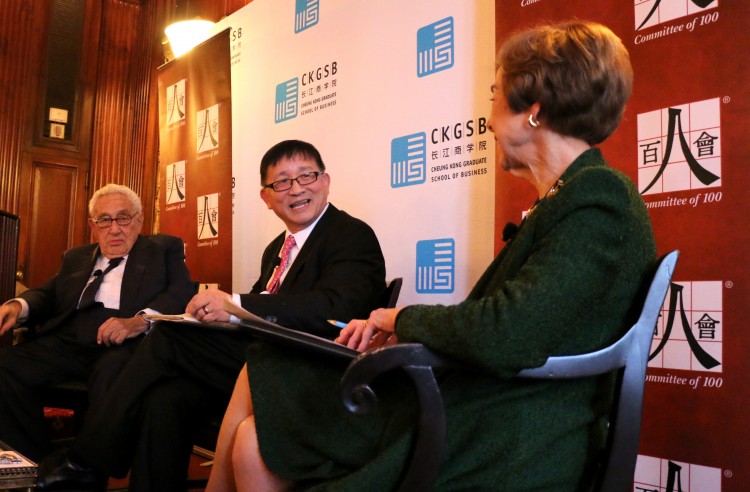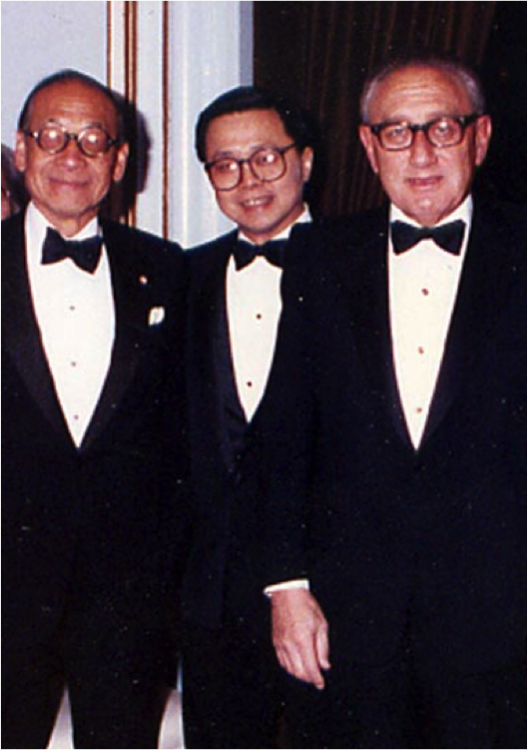World Record Book of Job Creation
Part 1 Innovative System Views of Economists
Part 2 Mapping Top 100 World Record Job Creators (E-s) (W-N)
Part 1
1943-68 Chapter 1 Economist: western history is dismal, god
bless worldwide girls and boys
Chapter 2 68 -72 Future journalism must be optimistic whilst
realizing how inequiatable Industrial Revolution’s Era had been
Chapter 1
During his last days as a teenager navigating Royal Airforce
Planes over modernday Bangladesh
and Myanmar, dad Norman Macrae didn’t know he would be one
of the lucky ones.
In the 15 years after worldwar 2 , Norman
Studied at Cambridge
where he was one of the last to be tutored in Keynes general system of monetary
theory – design systems to end poverty and celebrate youth’s better livelihoods
out of every community
Married the daughter of the Mumbai chief justice who spent
25 years mediating the peaceful resistance of Mahama Gandhi before Sir
Kenneth’s last job : writing up te legalese of India’s
Independence
Celebrated that the America-led allies didn’t make the
mistake of world war 1 reparation of punishing the beaten peoples. Both West
Germany and Japan
were given a fair chance to redevelop theor peoples and lands peacefully and
economically which they took.
Norman did worry
about Russia’s
future control of Eastern Europe. His father was a
British consul so he had been a child in Moscow’s
British embassy while Stalin exterminated peoples. So Norman
was glad to be the only journalist at Messina
celebrating the peaceful conception of te European Union. But he was soon to
rue how the idea of free markets for small entrepreneurs was soon turned into
the bureaucratic opposite.
Norman also
worried about national health and pension plans which were clearly ponzi
schemes launched by old 1950s politicians that would one day disadvantage most of Europe's youth once the population bubbles
moved from youth to elderly.
LOOK EAST YOUNG GIRL
This was part of the reason why he took great jpy
in discovering around 1960 that his old enemy Japan had developed a new
economic model. Here was the way out of
the empire trap that had designed world trade around zero-sum games in which
the empire gained and the colonized lost. Quality systems (which the Japanese
learnt from the American electrical engineer Deming) and applied especially in
civil engineering such a s bullet trains and electronic calculators (the pathway
to computing and space) offered win-win markets to multiply world trade round.
Soon the chinese diaspora was mapping the east’s superports with the result that
adfer usa japan
became the second largest financial network and chinese diaspora the third
Norman narvelled that Kennedy could set several thousands
brains and computer networks on a successful race to the moon. But for Norman
the significance of this achievement was what would happen next back on
earth. Norman declared in 1968 the challenge that became his lifelong
exploration – what will happen to children of the 21st century with
2015 destined to be spending over 1000 times more on the technolpgies of
connectivity. (Normans back of he envelope artithemn – moores law of doubling
every 7 years of spend on the technology from 1946 to 2015)
Norman knew
enough about local to global system designs to know that the 21st C
would come of age spinning either the best of times or the worst of times.
What sustainability goals would need to be collaborated around with as much
positive human energy as the moon race
Some world record job creators to follow up from chapter 1
E90 Akio Morita, E91 Taiichi Ohno, E92 Eiji Toyoda
W90 Deming and E99 Hirohito, W91 Macarthur, W92 Beate Sirota Gordon, W10 Prince Charles typifying Japan’s
leap beyond colonised models of world trade
E99 Gandhi and W99 Kennedy – leaders who changed the west’s
goals but gave their lives to the process. Additionally W98 Maria Montesorri
without whom Gandhi’s education revolution and village schooling would not have
planted something wonderful in the mess that was collapsing British Empires.
W97 Keynes, W96 Einstein and W95 Von Neumann all of whom
advocated system designs that arre bottom up and open not top-down and
bordered.
Adam Smith W94 , James Wilson W93, W92 Walter Bagehot on
whose design rules the first 100 years of The Economist was based. See The Economist
autobiography of its own centenary in 1943.
Chapter 2 68 -72 Future journalism must be optimistic whilst
realizing how inequitable Industrial Revolution’s Era had been\
While the two decades after world war 2 so the rapid ending
of many European empires, the way industrial revolution had become one of
extracting carbon fuels so that some nations could get bigger and bigger had
continued. The opportunity to innovate during tIR had been very unevenly
distributed. While some humans were racing to the moon. Almost half of the
world’s people still had no access to electricity grods at the time of moon
landing
In parallel to the race to the moon at least 3
earth-changing happenings emerged in the decade up to 1972:
Latin America debated what sort of catholicism it most
believed in and decided on values that represent the Franciscan branch – in
general this respects those faith leaders who come and live with the more; this
was translated into the education philosophy of action learning with the poor
advanced by Barzila Paulo Freire.
The Chinese were deciding being a closed society behind a great
wall wasn’t the future. This once great civilization was stirring with over a
billion people looking for more productive ways to live. The top down system
which has starved over 50 million peoples was replaced bu barefoot doctors in
the villages and agrarian keynsianism so that farmers would never starve again.
Bangladesh emerged as a free nation having suffered the double short-straw of colonisation
first by the british and then west pakistan. Miraculously the ideology of
Paulo Freire was adopted by leaders of the race to end poverty across the rural
villages of bangladesh. There was some sharing of knowledge with china
particularly on rice science the agricultural innovation that did most to end
famine.
To Norman post-industrial meant:
Win-win world trades as japan, south korea and then the
Chinese – superports epitomized
The end of big nations having an endless pursuit of carbon
Valuing how service and knowledge economies increasingly
depend on valuing people not just consuming things
Reviewing what short-term fixes to financial systems –eg
paper currencies printed at the whim of politicians – could not sustain te
future
Re-asserting keynes view that increasingly inly economists
determne what futures are possible for a place’s next generation
1968: Time to imagine how sS.Africa could
go beyond apartheid
So Norman published this 1972 future
of the next 40 years with a checklist of issues around which the best or worst
of times would spin
Further references
Paulo Freire
Banagldesh’s adoption of pauklo freitre by fazle abed (and
later muhamamd yunus)
Energaebce of Singapore as led by
Henry kissingers first visit to china







